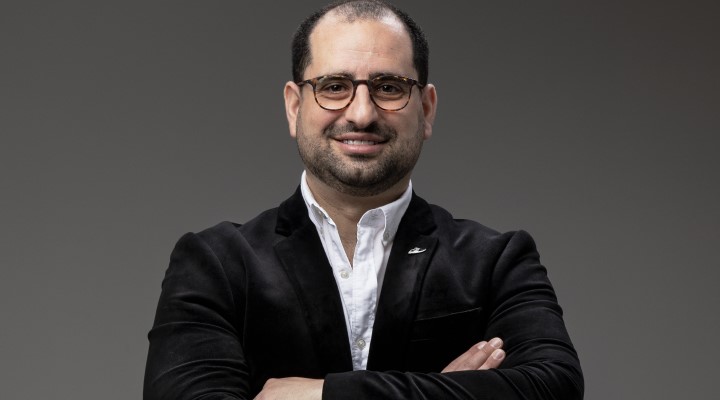
At Tuesday’s opening event for the 2022 Retail Fest conference on the Gold Coast, a panel of retail industry heavyweights sat down to talk about the future of the industry, and the challenges and changes that are already taking place.
Mark Teperson, chief strategy officer at Afterpay, chaired the panel which also included Adore Beauty chief executive Tennealle O’shannessy, eBay Australia’s head of home & garden and seller communities Toni Baston, and Vicinity Centre’s marketing director David Henderson.
Here are our key takeaways from the keynote.
Spending changes have persisted beyond Covid-19
During 2020, many retailers were thrown for a loop when consumer buying behaviour shifted almost overnight due to the pandemic.
Industries that were once popular were no longer necessary purchases (travel luggage, for example), while others suddenly found new relevance: a relevance that continues to today.
“We saw the rise of an enthusiast buyer who was really focused on a passion or a hobby,” said Baston.
“For example, trading cards and sneakers just went off, and those areas were always so small in comparison to our bigger categories like electronics, but what’s interesting is that growth hasn’t slowed back down.
“We’ve identified this new subset of consumers that we really want to look after and make sure that we have the selection for them, because we’re offering the categories that they want.”
While many categories that struggled throughout the pandemic have recovered, niche interests have continued to see higher spending, creating an overall increase in customer purchases.
The customer cares
One of the major changes beyond the categories customers are buying is how conscious they are of what a brand says and does. Adore Beauty’s Tennealle O’Shannessy noted that brands that aren’t putting their foot forward on social and environmental issues are beginning to be left behind by the conscious consumer.
“It’s about thinking through how you [as a brand] embrace that as a trend, and the way we’ve approached it is to be very particular: it only really works when it resonates, it’s meaningful to your customers, and is aligned with your brand,” O’Shannessy said.
“We looked at the problems that we can bring our brand’s voice to to make a difference, and we’ve been really focused on inclusivity in the beauty space.
“We had to look at ourselves and recognise that we were a part of the problem, own and acknowledge it, and then start working to fix it.”
However, O’Shannessy noted that Adore Beauty’s efforts have, so far, largely been in the social space, and that the beauty industry also has a lot to do for environmental issues. As a start, Adore Beauty has made sure the boxes it sends products in are made from recycled materials, and are recyclable, and is entering into partnerships to recycle soft plastics.
“It’s the beginning of the journey, and there’s so much more we can do working with our brand partners to minimise and reduce the use of single-use plastics throughout the entire supply chain,” O’Shannessy said.
“And we’re committed to continuing to work on it, but it’s a long journey.”
Retail won’t be defined by channels, but by the experience
Baston went on to note that as more Australians got used to shopping online, the line between shopping online and in person has blurred: omnichannel retail has become the standard, and any retailer failing on either side of the coin is risking their business.
“If you don’t have a credible omnichannel strategy in place, you’re really risking losing shoppers,” Baston said.
“It’s not a new concept, it’s been around for a long time, but post-pandemic it’s kind of become the table stakes.”
Vicinity’s David Henderon agreed, but added that the use case for physical stores were changing. Stores can’t just be a place to turn up and buy goods, because now customers can do that online: instead, they need to evolve to showcase a brand’s message and culture.
“The retailers doing [experiential retail] really well, like Mecca or Nespresso, are thinking differently about how to use that space,” Henderson said.
“We’re starting to see different customers [coming to physical stores]: they’re coming less frequently, but their spend is almost doubled. So for them it’s not a pure retail transaction. It’s about the entertainment and the lifestyle, and we need to give them a compelling reason to visit.”
The post ‘The growth hasn’t slowed down’: Industry leaders talk future of retail appeared first on Inside Retail.

